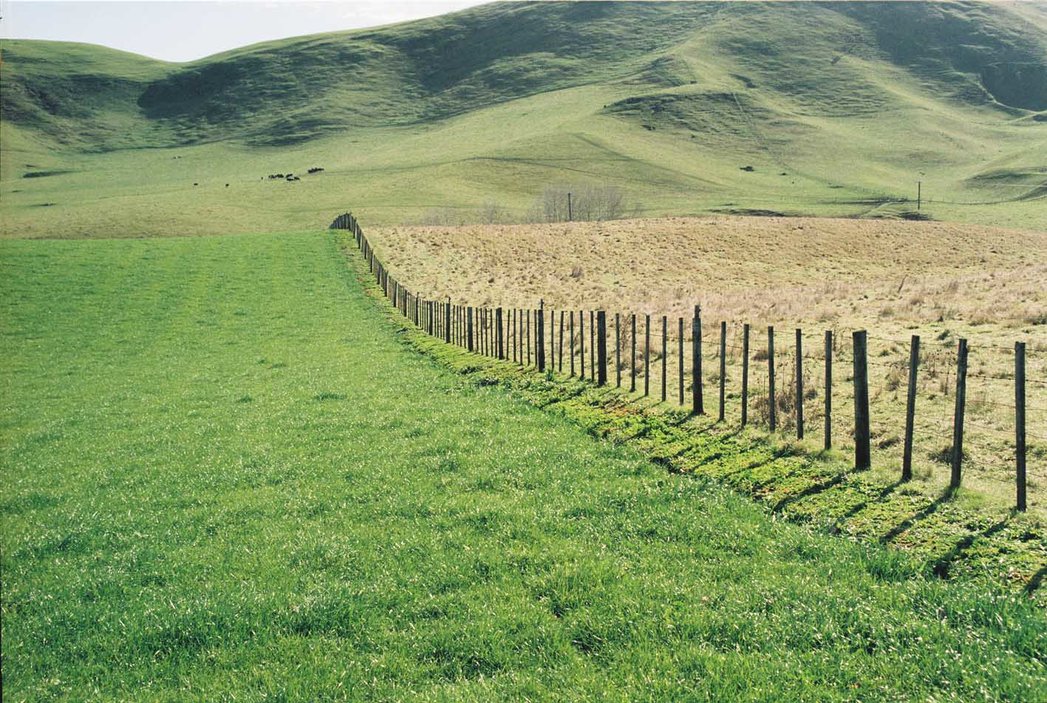Luck of the draw: what’s really in that bag of seed?
Few farmers would take a chance on unknown genetics in sheep or cattle breeding, for good reason: they want certainty around the genetics being introduced to their flocks or herds.
Pastures are no different. There are always so-called bargains available, but the old rule of getting what you pay for applies to seed just the same as to rams or bulls.
VNS or variety not specified seed often seems cheap - until it doesn’t work out as expected. Then cheap seed becomes expensive feed.
If something sounds too good to be true, there’s always a reason, and with cheap seed it may be poor germination, high weed content, minimal endophyte, poor persistence, or simply low quality genetics.
There’s no way of knowing until it’s in the ground, and then it’s too late.
When you’re looking to maximise returns on high value productive land, the price of seed sown for new pasture is a very small – but critical – part of the equation. Trying to save a fraction of a fraction in this context is false economy at best.
We believe you’re better off renewing a smaller area of land, better. Use quality pasture seed which has guaranteed purity, germination and endophyte, so you know what you’re really planting, and do the best job possible of getting it into the ground so it establishes well.
In many cases new proprietary pasture varieties grow 2-3t more DM/ha than old varieties and it’s better feed too. Palatability and feed quality are higher, so animals perform better. Modern varieties have lower aftermath heading, which means less topping or need for quality control through the summer.
Growth during the shoulders of the season – especially winter and early spring – is improved, giving you more feed when you need it. Endophytes enhance pasture health and performance.
Bottom line? The correct pasture cultivars, matched to the needs of your situation, pay for themselves surprisingly quickly, and after that, they’re highly profitable.


